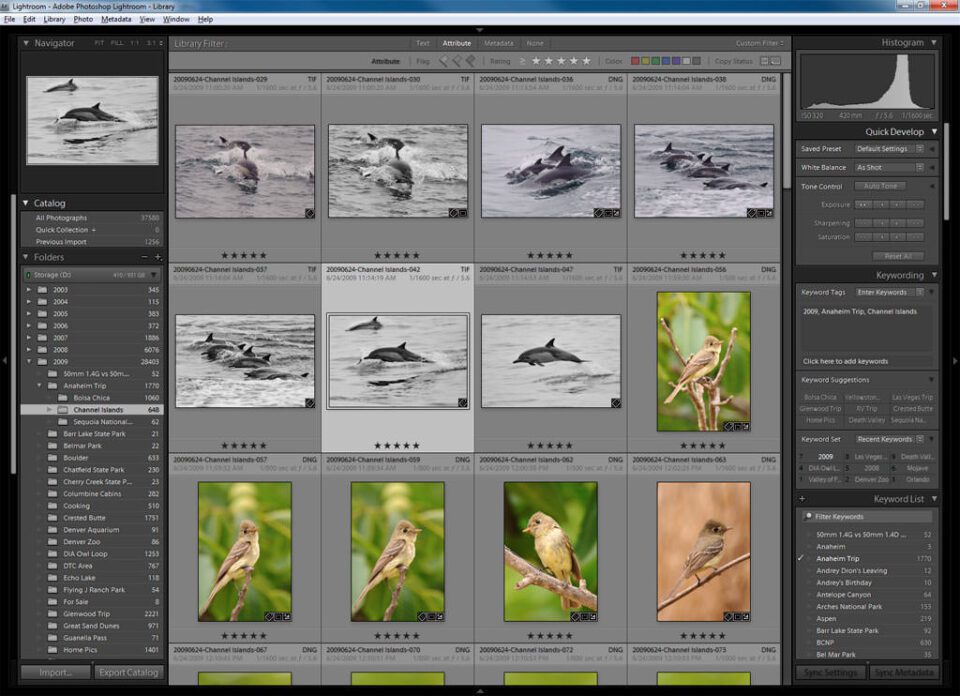Blurring the background is one of the many ways to isolate or emphasize your subject. Do you need a special lens to do so? Absolutely not! In this article, we...
Read More
How to take Good Pictures
One of the questions that I continuously get from some of my friends and blog readers that just got into photography is “How can I take good pictures with what I have, without spending too much money on new cameras and lenses?”. Ever since DSLRs and mirrorless have become more affordable and people started buying advanced “entry-level” cameras, there has been a great interest in photography from the general public. One big obstacle everybody runs against at one point or another, is the fact that when most professional photographers show the equipment they used to make great-looking images, it creates an impression that only expensive gear can produce great photographs. What happens from there, really boils down to the wallet and how serious a person wants to get into photography – some start buying expensive gear and thinking it will help them to take good pictures and improve their photography, while others hold off and just keep their DSLRs or mirrorless cameras as “point and shoots”, realizing that they can’t do any better with what they have.
If you do not have a DSLR camera yet and need some help on purchasing it, I recommend reading my article on how to buy a DSLR camera. See also DSLR vs Mirrorless.
As I pointed out in my DSLR Purchase Guide, it is not necessary to have expensive gear to produce great-looking images. I always tell people when they purchase their first DSLR camera, that “an entry-level DSLR will get you 90% there”. Sure, professional equipment is always going to be better and faster than entry-level gear, after all, that’s why it is called “professional”. However, some entry-level cameras such as the Nikon D5600 get very close or, according to some reviews, even surpass professional cameras such as D500 in terms of image quality.
The biggest difference between non-professional and professional gear nowadays is a set of advanced features, not necessarily just the quality of the camera sensor. Compared to entry-level DSLRs and mirrorless, professional cameras typically have the most options, have more durable shutters and faster frame rates, can handle abnormal temperatures/humidity, have faster processing speed, better auto-focus, and so on. “Top of the line” professional gear (such as Nikon D850/Z7/D5) provide lower noise levels, better dynamic range and higher image quality – all due to a larger full-frame sensor – whereas all entry-level DSLRs and mirrorless cameras on the market today have “crop factor” sensors. Nikon’s entry-level DSLRs have 1.5x crop factor, whereas Canon entry-level DSLRs have a 1.6x crop factor. I won’t go much into what “crop factor” is, so if you want to read more about it, please check out this article.
But forget about crop factors, sensor types and other technical junk – ask yourself one question: who would have a better painting, a great artist with a mediocre brush or a newbie with the most advanced brush on the planet? The answer is obvious…a camera is just a tool in a photographer’s toolbox. Now, give that same advanced brush to the great artist and he will create even better paintings. That’s why professional photographers buy the best gear – because they know how to get the most out of it.
If that idea sounds crazy to you, take a look at the video we made on how to take good photos with any camera:
Anyway, this article is not about discussing camera gear. Let’s move on to how you can utilize what you have today and learn how to take good pictures.
Table of Contents
- Don’t Leave Your Camera at Home
- Take Lots of Pictures
- Visit Local Zoos, Botanic Gardens, Butterfly Pavilions and Animal Sanctuaries
- Join Local and Online Photography Clubs and Shoot with the Pros
- Consider Photography Workshops
- Get Down and Dirty
- Learn How to Take Sharp Pictures
- Use a Circular Polarizer for Landscape Photography
- Use a Tripod
- Shoot During Golden Hours
- Shoot in RAW and use Lightroom for Post-Processing
- Travel and Find Good Locations for Photography
1) Don’t Leave Your Camera at Home
This might sound awkward, but how good is your camera if you leave it at home? I have missed so many great photo opportunities just because I forgot to take the camera with me. Whether it is something silly or totally unique, having a camera with you might get you those rare, once-in-a-lifetime moments.
2) Take Lots of Pictures
The more you photograph, the more you learn – as simple as that. Use every opportunity to capture images, whether it is early in the morning or late at night. By taking lots of pictures, you will start to understand how to use your camera in different lighting conditions and what works and what doesn’t. At the same time, when your pictures do not come out as good, you will start doing more research and reading articles, books, magazines and online forums to try to find a solution to your problem. Eventually, you will learn from your mistakes and will gain a great deal of knowledge on how to use your gear effectively.
3) Visit Local Zoos, Botanic Gardens, Butterfly Pavilions and Animal Sanctuaries
Photographing wildlife can get very expensive and potentially risky. If you do not own a long telephoto lens, you can try checking out your local zoo or animal sanctuary for great photo opportunities. Bigger zoos with plenty of open space are great for photography, because fences and other man-made objects are not as noticeable. You can get pretty close to some animals and capture great moments.
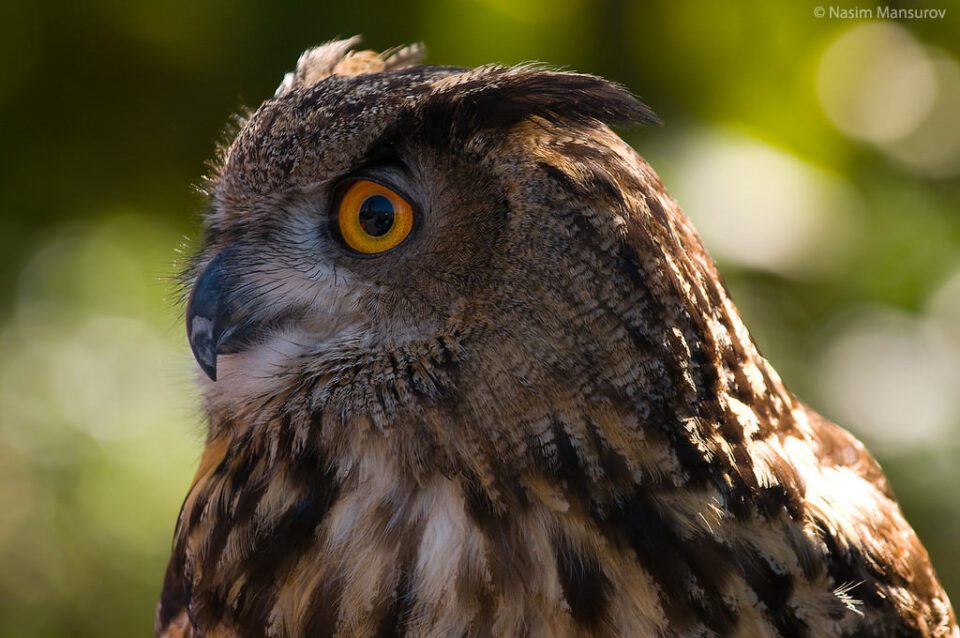
Botanic gardens and butterfly pavilions are great for macro/close-up photography. You can experiment with flowers, butterflies and other insects at different times of the day and not only learn a lot during the process, but also capture beautiful images. Everybody loves flowers and butterflies!
4) Join Local and Online Photography Clubs and Shoot with the Pros
Search online for photography clubs in your area and you will most likely find at least several local photography clubs. Many of those clubs are either free or have very small monthly membership fees. Join one or several of those clubs and not only will you learn from other photographers, but also you will get access to valuable information on local events that might be worth attending and photographing. Find advanced photographers and pros, who are really good at what they do and ask if you can assist them in any of their jobs. You’ll be surprised by how friendly and helpful many of the photographers are and you will learn a lot from those folks.
5) Consider Photography Workshops
If you have some extra money, consider investing in a photography workshop. Workshops can be as cheap as $20-50 for a session in a large auditorium or as expensive as several thousand dollars if you are in a small group with a well-known photographer. Workshops are good for those who want to learn photography quickly from real pros. Personally, I have never attended a workshop and didn’t mind spending extra time reading books/articles and learning from other photographers, but if you want to accelerate your learning process rapidly, find a workshop that suits your needs best and go for it.
6) Get Down and Dirty
If you are still taking most of your pictures standing straight, at your eye level, then you should start experimenting with angles. Try to get down on your knees or even try laying on the ground to get a different perspective. Getting low can yield great results, especially when photographing people and animals.
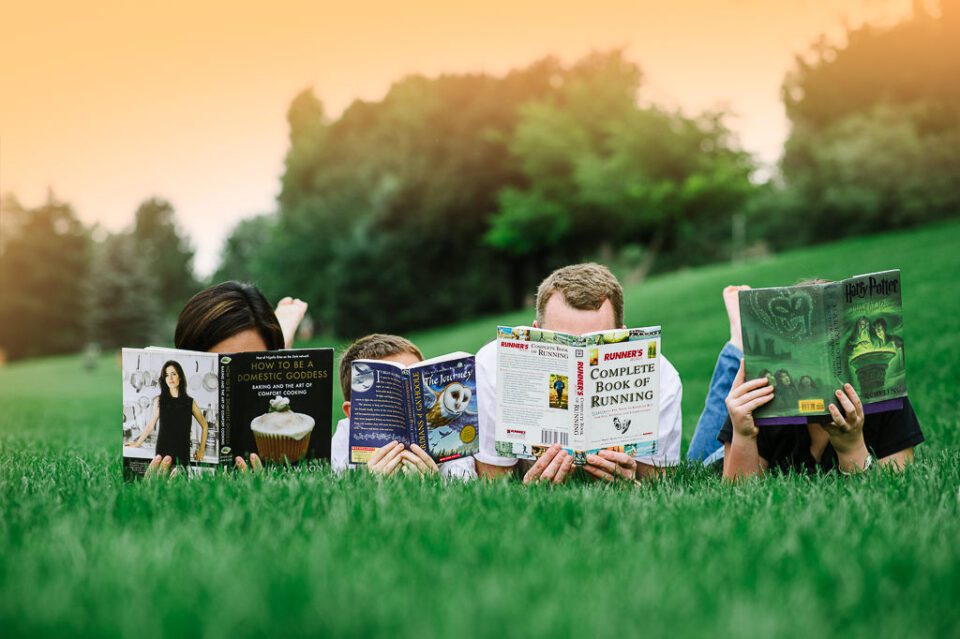
7) Learn How to Take Sharp Pictures
I suggest reading my article on taking sharp photos and avoiding image blur. Soft and blurry images can be very disappointing and if you have a problem with creating sharp photographs, this article will definitely be very helpful for you.
8) Use a Circular Polarizer for Landscape Photography
I have just finished an article on how to use a circular polarizer that you should take a look at. This kind of goes against what I have said above about shooting with what you own, but I consider a polarizer to be an essential tool in every photographer’s bag, so I highly recommend that you try one if you have never done it before, especially for landscape photography.
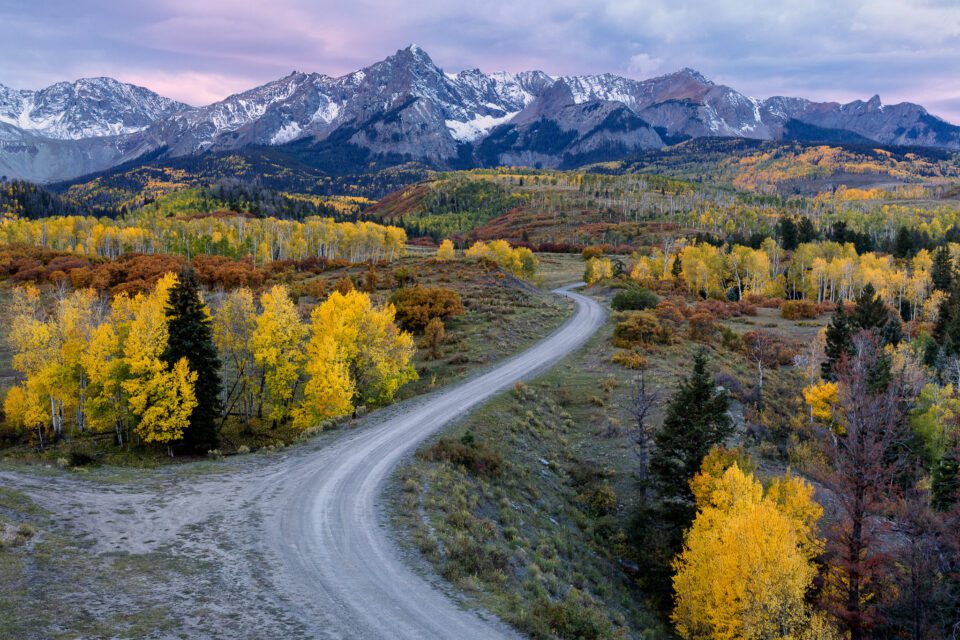
9) Use a Tripod
If you do not already own a tripod, I recommend getting one as soon as you can. Why? Because a tripod will open up new opportunities for low-light photography for you. You can experiment with the light at night and capture really beautiful images of things that come into life at night. A tripod can let you capture sharp photographs of non-moving subjects and blur out moving subjects, creating very interesting and dynamic photographs.
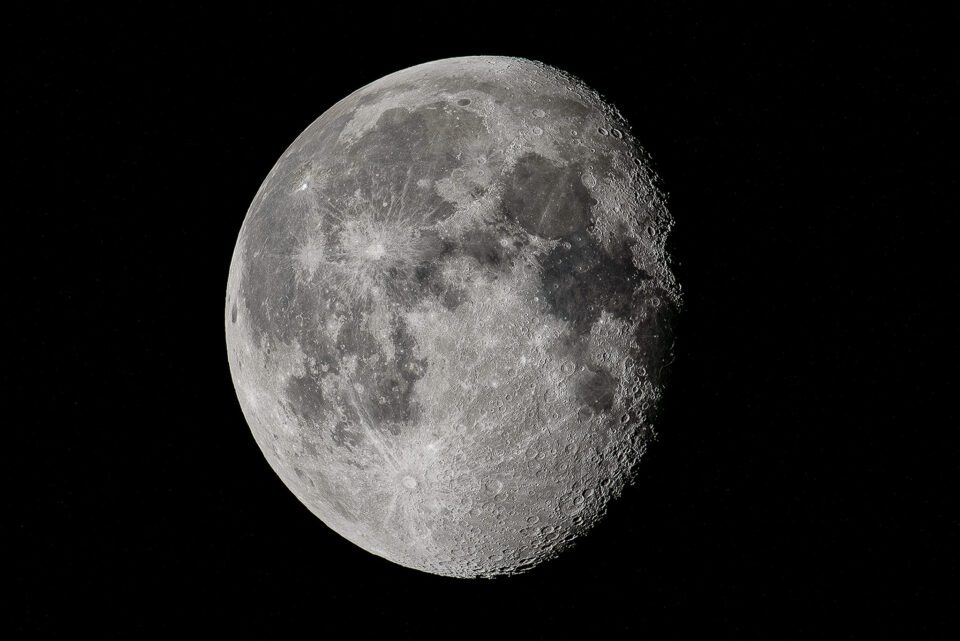
You can also use a tripod to photograph lightning, photograph the moon, engage yourself in night painting with a flashlight, photograph fireworks and sunsets and much much more!
With a tripod, you can use very low ISO levels for highest image quality and lowest amount of noise. You can also use small apertures like f/16 to get a much higher depth of field or create HDR (high dynamic range) images.
10) Shoot During Golden Hours
Harsh direct sunlight can produce really ugly shadows not only on people’s faces, but on all other objects around you as well, resulting in bad photographs. The best time to take pictures is early mornings and late afternoons – that’s when the light is beautiful and soft. Obviously, sunrise/sunset times vary throughout the year, so just Google for “sunrise sunset times” and look up your city. For landscape photography, you want to be at the scene before sunrise and sunset, to catch the first and the last rays of light, whereas for portrait photography, two hours after sunrise and two hours before sunset seem to be the best times. Obviously, you have to take into account the weather conditions as well. I love shooting portraits when the sky is covered with thin clouds, because clouds can diffuse the light and make it land very soft on the skin. On the other hand, very thick/stormy clouds can decrease the amount of available light, making it somewhat difficult to shoot fast-moving subjects, so try it out and see what works for you.
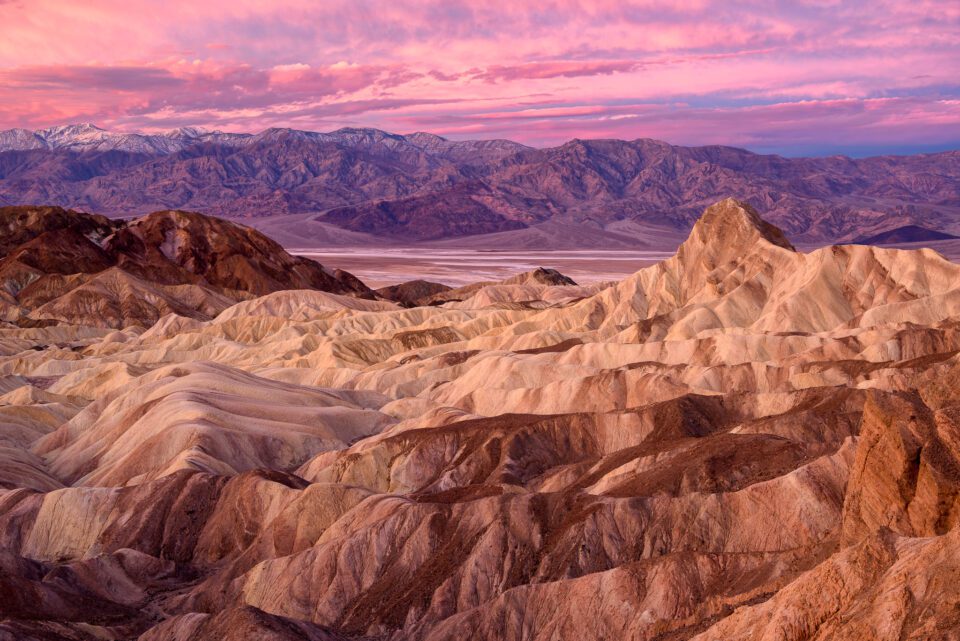
11) Shoot in RAW and use Lightroom for Post-Processing
If you are still using JPEG for your pictures, it is about time to move to RAW. Any DSLR today is capable of recording images in RAW format, so just set it to RAW and don’t go back to JPEG. A RAW image is called “raw” for a reason – it is an unprocessed image with a lot more colors to work with than a JPEG image. RAW gives you a lot more flexibility and is preferred for print, because you can convert it to any color space you desire. RAW takes more space than JPEG, but memory is so cheap nowadays, that it is not a big problem. When it comes to storage on your PC, a large capacity hard drive can be bought for less than $100 and you would need lots of pictures to fill it all up, so PC storage is not a problem either. Other than that, there is no reason why you shouldn’t shoot in RAW!
If you are still manually storing your pictures on your hard drive in various folders, I highly recommend installing Adobe Photoshop Lightroom. Before I started using Lightroom, I used to process all of my pictures in Adobe Photoshop + Camera Raw and the process was not only very long and cumbersome, but also my files were scattered everywhere and nothing was organized. After I started using Lightroom, I realized that I should have done it long time ago – it made a huge difference in the way I am able to store my pictures, process and organize them. By the way, for those who love Camera Raw – Lightroom has every single feature of Camera Raw integrated right into the Develop module, so you won’t be missing anything. And yes, I have tried many other imaging suites out there and none of them are as good as Lightroom.
12) Travel and Find Good Locations for Photography
Don’t just sit at home and expect great pictures. Find local and state parks or perhaps even national parks that might be close to you (by close I mean within an acceptable driving distance) and look for potentially good spots for photography. For landscape photography, you will have to develop an eye for what looks good and what doesn’t. For example, a still lake is a great way to produce a mirrored image that might look exceptionally beautiful during sunrise or sunset, when the clouds, trees and other objects get mirrored on the lake. So if you find a moderately-sized still lake, try to come there at sunrise and sunset a few times and see what you can get (a tripod might be necessary to get a good picture). For portrait photography, drive around and see if you can find locations that will look good in the background. The great thing about portrait photography, is that a good background is often easy to find – all you need to do is find something interesting, like an old building, a painted fence or an old tree. Use your imagination and you will soon be finding great spots all around you. If you can afford to travel, do it as much as possible and as I have already pointed out above, always carry your camera with you!
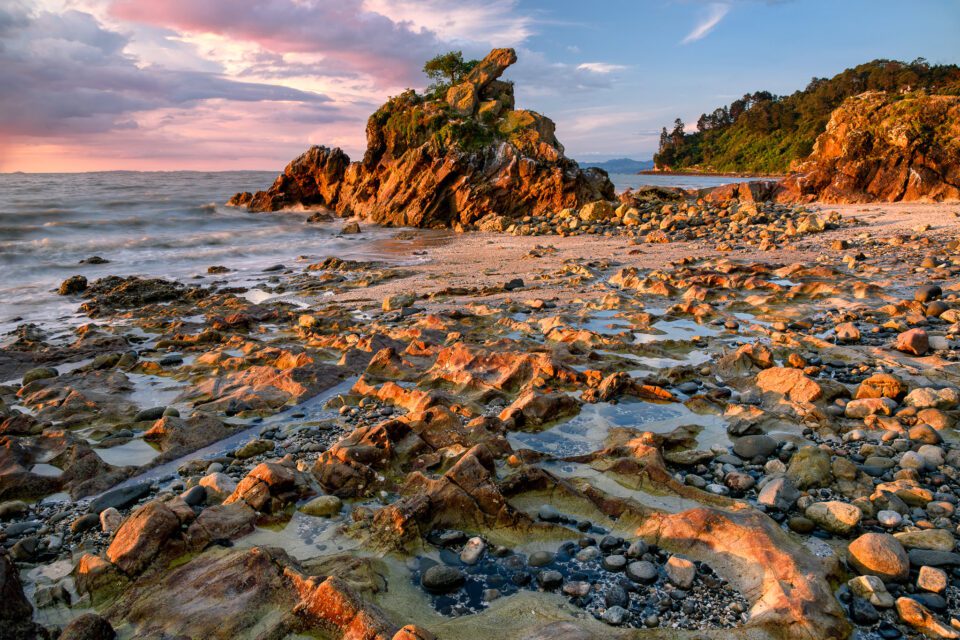
more on Shoot Sessions
How to take Good Pictures
One of the questions that I continuously get from some of my friends and blog readers that just got into photography is “How can I take good pictures with what...
Read MoreHow to take Sharp Photos
One of the things that makes photography frustrating is softness and blur in pictures. Sharp photos are much more appealing than soft images. It is very disappointing when you take a picture...
Read More